
© Rijksmuseum/RijksmuseumTo adjust to new weather patterns, the Dutch developed such inventions as the “sailing car” or ”land yacht,” which used wind power to haul people and goods along beaches.
We are changing Earth's climate with terrifying speed. In the past, natural forces provoked slower climate changes. We now know that they were still big and fast enough to shape the fates of past societies. Climate change then brought disaster to most societies, but a few prospered. Perhaps the most successful of all emerged in the coastal fringes of the Netherlands, and it has left us with lessons that may help us prepare for our warmer future.
Based on glacial ice samplings, stalagmites, ocean- and lake-bed sediments, tree rings and other assessments, it's clear that sometime in the 13th century, Earth's climate cooled. Huge volcanic eruptions lofted dust high into the stratosphere, blocking sunlight just as
the sun slipped into a less-active phase, sending less energy to Earth. Sea ice expanded, wind patterns changed and ocean currents shifted. In many regions, torrential rains alternated with unprecedented droughts.
A period called the "Little Ice Age" had begun, reaching its coldest point in the 16th century.
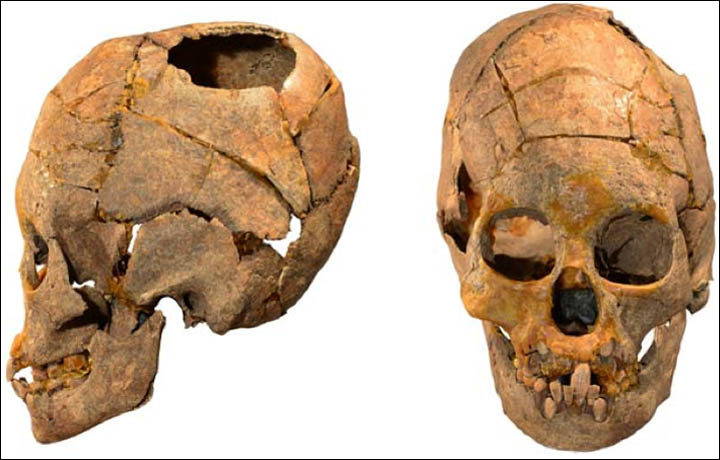
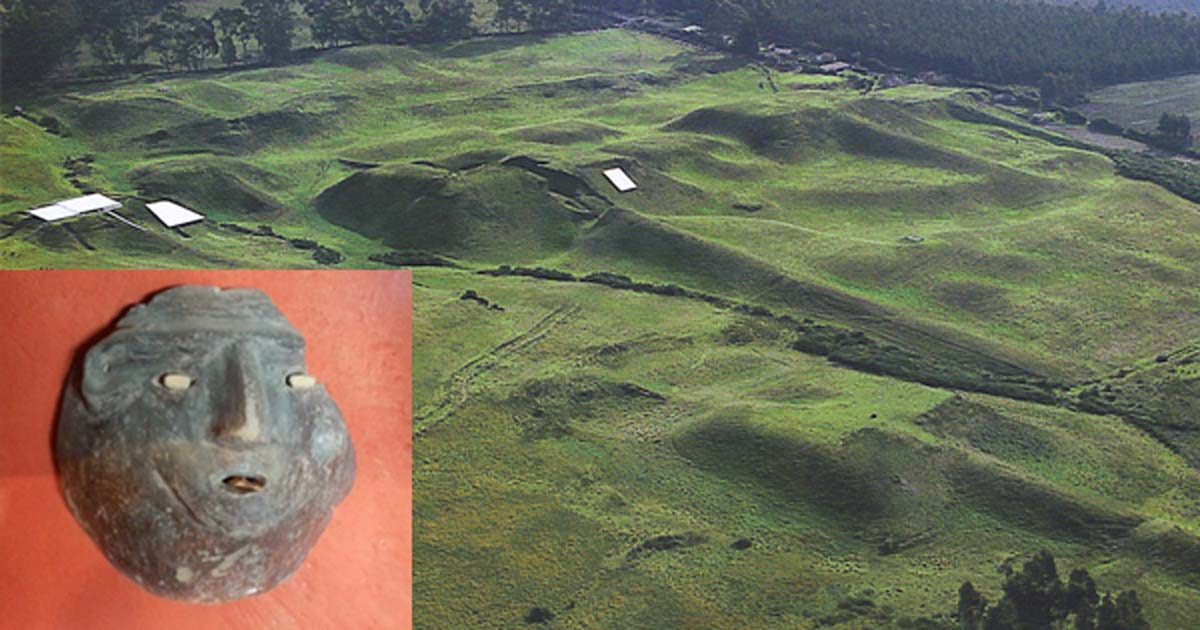


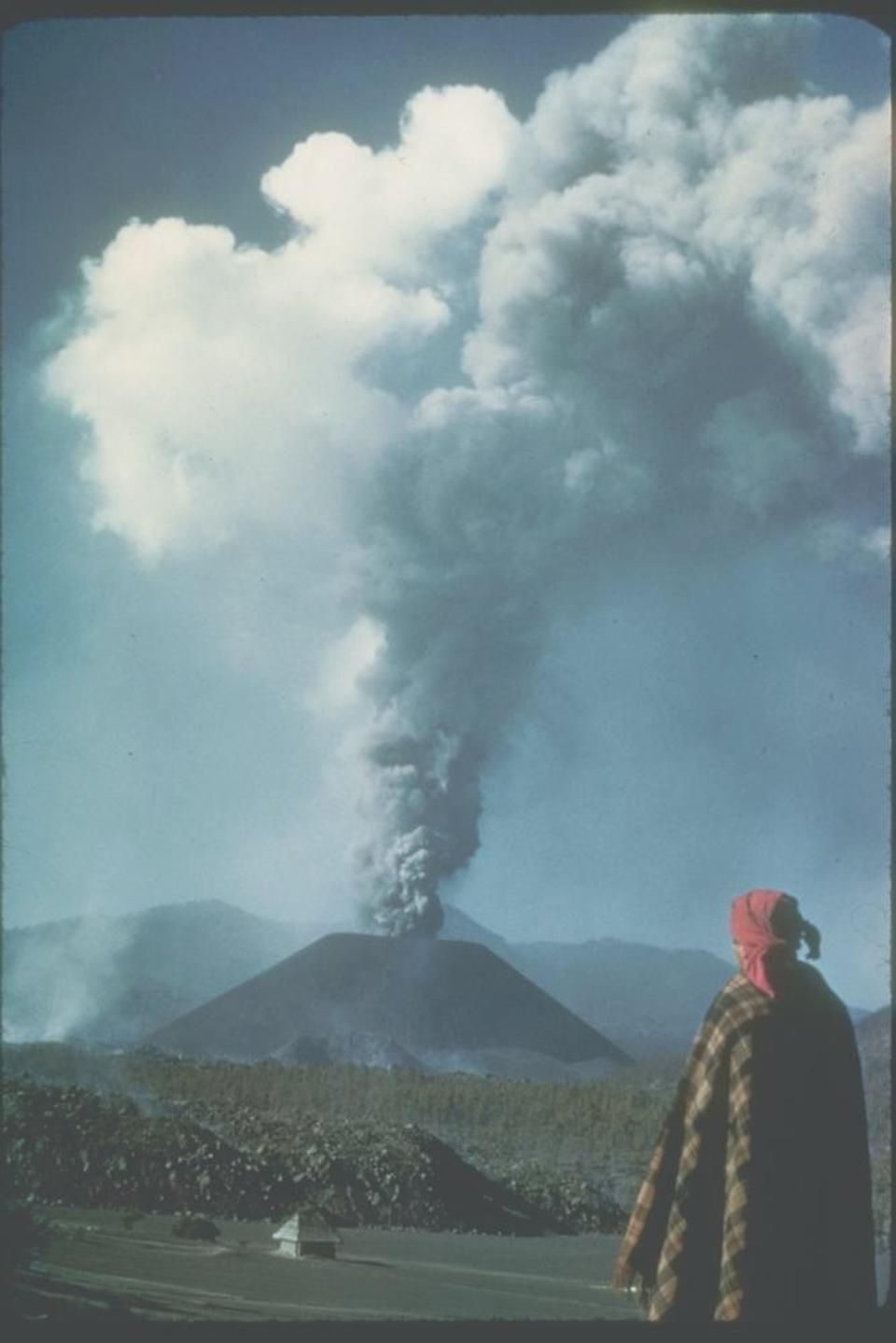


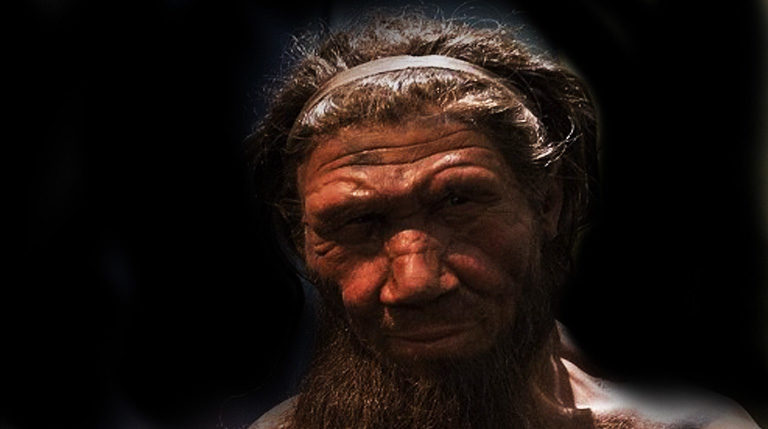
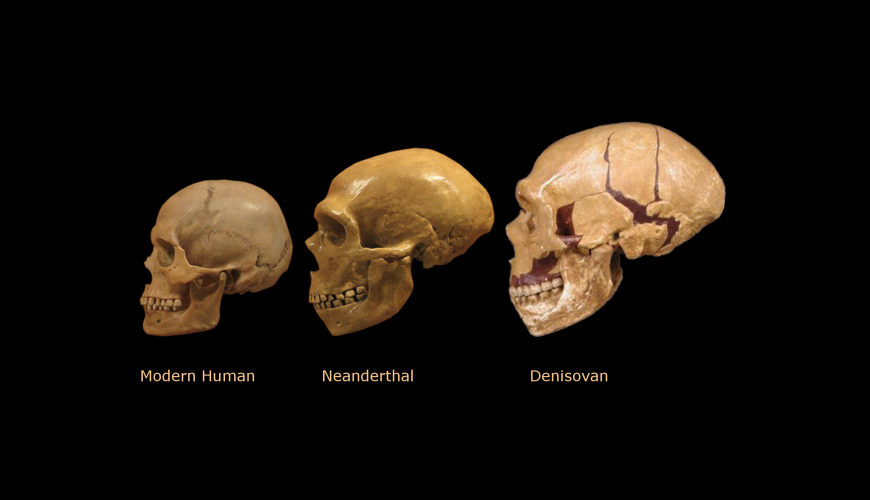




Comment: Elongated skulls have been found all over the world, whose origins or cause may be different; trepanation also seems to have been practised in many places too: